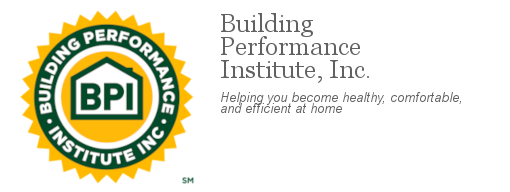
Every day for the next decade and a half, 10,000 baby boomers will reach age 65 and will begin considering retirement and plans for aging comfortably. By 2030, over 18% of the nation will be at least 65 years old, up from just 13% in 2010. With this accelerated growth of the aging population comes the opportunity to age in place in energy efficient homes.
Many aging Americans have lived in their homes for decades, raising families and creating memories, but the sheer size of their home may become too much to handle, so they may consider other options. But what if they could make their long-time home more comfortable while also lowering their energy bills? This is where home performance comes into play.
Home performance on a limited budget
Retiree incomes can be fixed and may even decline over time, so even greater importance is placed on making smart investments. Investing in a high-performance home saves energy and money by lowering utility bills, allowing people to keep more of their money in their pockets. Efficient homes are also more comfortable, with fewer drafts or variances in temperature, so homeowners are less likely to overheat in the summer or get chilly in the winter.
Home performance upgrades do cost money, but there are incentive programs available in many states that offer rebates and subsidies for residential energy efficiency work. Visit this website to view the programs offered in your state.
Benefits of aging in place in a healthy home
One of the key benefits of living in a “green” home is better indoor air quality. Mold, pollen, mildew, and many other allergens often fill the indoor air of a home, but fewer allergens exist in an energy efficient home. Thus, fewer incidences of asthma and allergies occur for families living in these healthier homes.
Because older people are more susceptible to sickness and recover slower, a healthier home environment could make their lives easier. Additionally, “green” and healthy homes require less frequent maintenance and repair as well as cleaning, making them the ideal living conditions for aging Americans.
Handicap accessibility also increases in importance for homeowners as they get older. Downsizing to a single level home might be the best plan of action for those with limited mobility. Homeowners may also consider lever-type doorknobs and faucets that can be used by anyone with arthritis.
While some aging Americans may choose to move into communities, others might prefer to “age in place.” By making a long-time home more energy efficient and navigable, homeowners can live comfortably and may worry less in their own homes.

Follow us